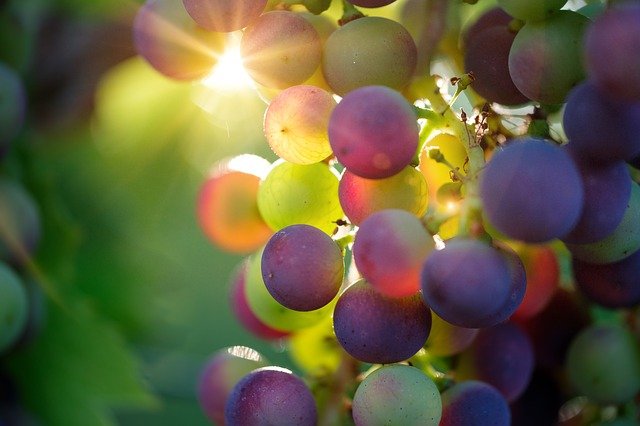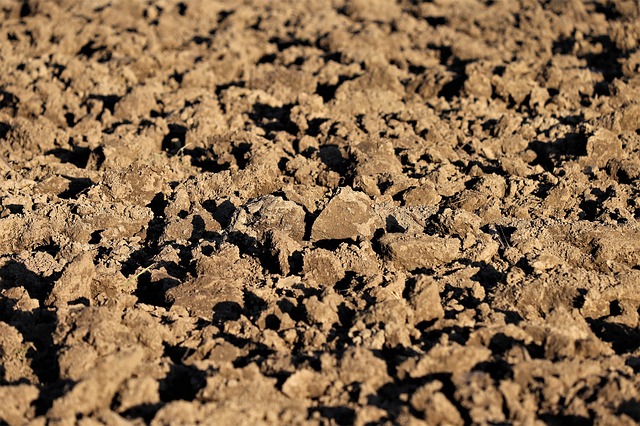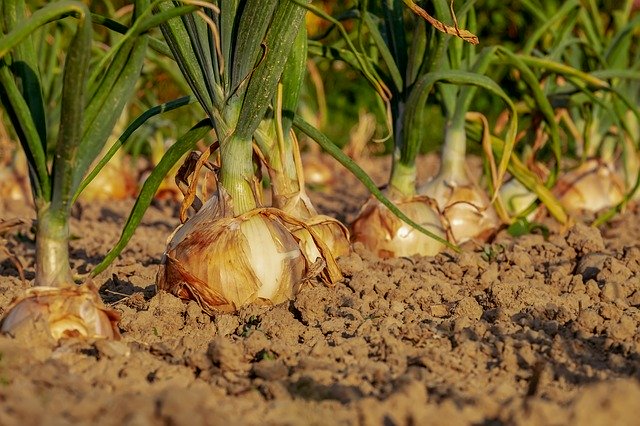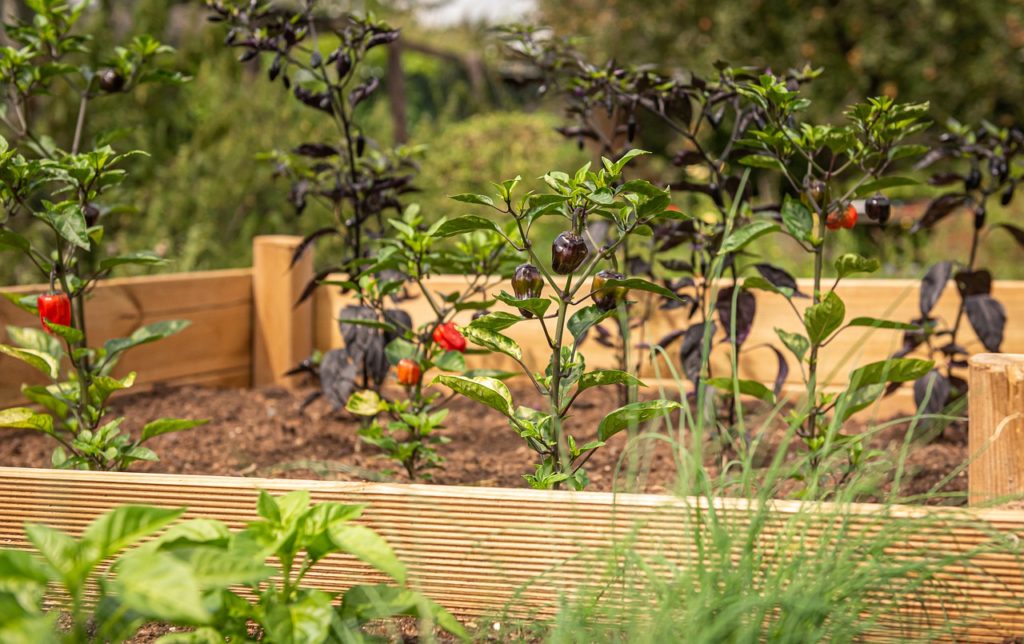HOW TO START A VEGETABLE GARDEN FROM SCRATCH
When you are making plans on how to start a vegetable garden from scratch there are a set of ordered processes that need to be followed. And barring some sort of natural disaster, If these steps are adhered to you will be rewarded with all the fruits and vegetables that you were hoping for. You will be on your way to having the garden of your dreams.
Starting a vegetable garden really isn’t going to be as hard as you might think. Several times In the past I’ve heard people saying that they have a brown thumb. Well, unless you have been putting your thumb in something you probably shouldn’t have, I don’t believe that there is such a thing.
If you give a plant a chance to grow by providing the right conditions, it will grow. That’s their purpose in the grand scheme of things. To grow, to live, to propagate, and to replenish is their reason for being.
Start a vegetable garden
As I had I mentioned that there are a few steps that need to be followed to give your plants their best chance at growing into mature plants that provide you with a huge amount of vegetables to eat.
Must Follow Steps
- Location
- Soil preparation
- Weed Control
- Feeding
- Watering
The location of your vegetable garden
The location that you put your vegetable garden in is the most important step of all. This will determine whether you will be out picking fresh veggies from your garden in a couple of months, or looking out over a patch of spindly, bent, and fruitless plants wondering to yourself what happened. If you get this one wrong, then the other steps just dont really matter. The success of every other step is dependent on this one.

Sunlight
All plants love the sun, to be more exact, full sun. When you are looking for the ideal location to place your vegetable garden, you need to take into consideration any obstacles like trees, shubs, or buildings that might block your garden from getting all the sun that it needs to grow.
Plants that need full sun are going to require at least 6 to 8 hours of direct sunlight each day.
Drainage
Make sure the area where you are planning on locating your garden has good drainage. You wouldn’t want to put it in an area where water stands for long periods after it rains.
Water
If you can, and I mean if it doesn’t interfere with the amount of sunlight or doesn’t put your garden in an area with poor drainage. Find yourself a location that’s close to your water source. You’ll make your job a whole lot easier.
Soil preparation
Different styles of gardening have different steps that will have to be followed in preparing the soil for your garden.

Tilling and direct seeding
When preparing the location for your garden you need to start by killing off the existing vegetation i.e. grass and weeds that would compete with your plants for nutrition.
There are a couple of ways to do this
The use of caustic chemicals which I don’t really care for. Who knows what the effects of using these chemicals could be to you and your families health 10 years or more down the road.
Although not near as fast, the use of a black poly sheeting can be spread out over the area and weighted down. This deprives the plants underneath of sunlight and will over a couple of months time kill the plants with no effect to you or the environment.
After the weeds have died you will need to remove the plastic sheeting. ( Go ahead and fold it up and store for future use.)
Now it’s time to start tilling the soil. I would go over it once to break up the top layer so you can rake up and remove as many of the grass roots as possible.
Once you have removed all the roots then you can go ahead and start tilling the ground. Unless the ground is really loose, you will probably need to go over it several times to loosen the soil to a depth that will allow your plants to get plenty of air.
Whether you plan on using organic gardening practice or not it is always a good idea to add some organic material like compost to the top of your soil and till it into the top layer. This will cut down on the compacting of your soil when it rains and allows for more air to get to the root systems of your plants.
Weed Control
Different styles of gardening have different steps that will have to be followed in preparing the soil for your garden.
It is very important that you prevent the growth of weeds in your vegetable garden. They can and will take over the whole garden. They will compete with your vegetables for food and more often than not they will win.
Feeding your vegetable garden
When it comes to using fertilizer on your garden there are 2 schools of thought. Some people swear by the use of organic fertilizer and then others are more apt to use synthesized fertilizer. Regardless of what type of fertilizer you use the micro-nutrients that your plants require have to be met. The micronutrients are the Nitrogen, phosphorus, and potassium.
Watering your garden
Watering will be an important part of your gardening chores. There are several different ways to go about watering your vegetable garden. Hand watering with a bucket, I can’t say I would want to take this one on.
You can use an orbital sprinkler to water the whole garden over head. This method works really well but I think you lose a lot of water to evaporation.
I used a hoe to cut trenches the length of the row and run water slowly down the trenches allowing the water to saturate the ground around the plants
And there is drip irrigation that allows you to get water directly on your plants without wasting water on spots without plants.

Planting the vegetable garden
Long before spring arrives you will need to find out what planting zone you are in. You will need to know when it is safe to transplant your plants that are not cold hearty without taking a chance on losing them to a late frost.
Seeding directly in the ground
There are some plants that will handle quiet colder temperatures. Reading the seed packets will give you a lot of great information that will help you on knowing when and where to plant your seeds.
Transplanting plants
You can purchase plants at your local garden centers. Be careful not to buy them too early though because some plants like tomatoes and peppers won’t tolerate cold temperatures too well.
Mulching your vegetable garden
One of the best steps you can take to give your vegetable garden its best chance for success is to mulch. Using straw to mulch is a great way to limit the number of weeds that will grow in your vegetable garden. Mulching also keeps the moisture in the soil from evaporating so fast.
Mulching may seem like an unnecessary step, but spreading mulch is a lot less work than continuously having to how weeds.

It's never too late to start a vegetable garden
Now all that’s left for you to do is start. Planting a garden may seem like it would be hard work, and it is. But the rewards of growing your own vegetables right outside your back door far outweigh the sore muscle or two that you might suffer. Just remember, start small. You can always add to the size of the garden next year. The fact that you started is more important than the size of the garden in the beginning.
Recent Comments